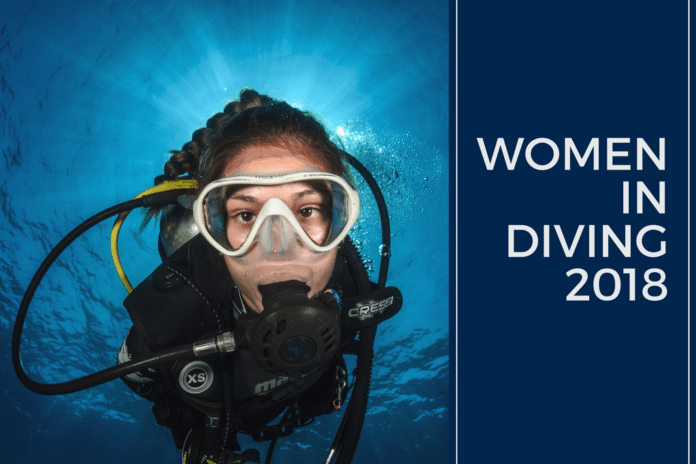While the ratio of men to women in diving in some countries is a little in favor of the guys, elsewhere in the world it is nearer a 50/50 split. Women are just as capable as us blokes underwater, and below we talk to a selection of specialists who discuss their areas of expertise and what got them into diving in the first place.
The Underwater Photographer – Gill McDonald
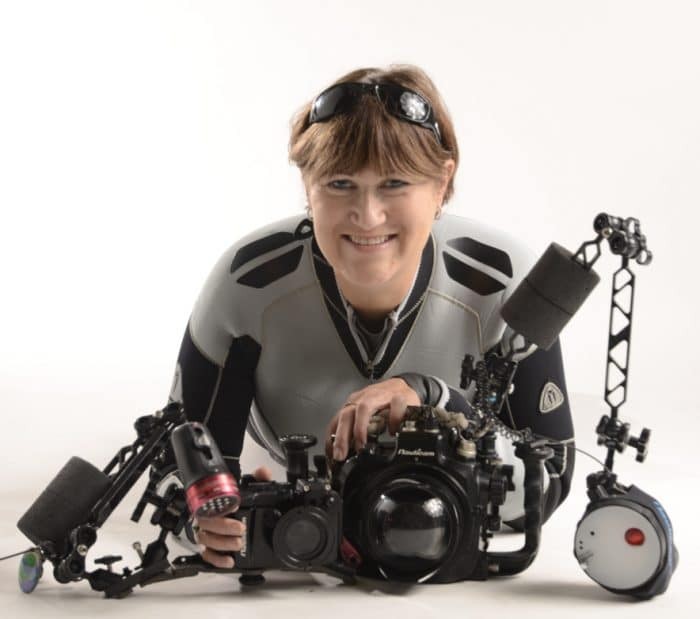
With almost three decades of diving, two with camera in hand, Gill McDonald is a veteran underwater photographer. Gill’s photos and articles are regularly published in marine media, and she is also inspiring a new generation of underwater shooters. As the result of long experience and a strong desire to share her love for the sea, she has created her own tailor-made underwater photography workshops and courses, even obtaining an adult teaching qualification to give herself the best grounding to teach people who are keen to learn.
Her very first open water dive in 1989 was in the Egyptian Red Sea. She recalls the arid, dusty desert morphing into an explosion of bright, teeming, color-filled reef and was immediately hooked. It wasn’t long before she acquired a Nikonos V which marked the beginning of an ongoing journey of discovery and a passion for underwater photography, writing, editing, and teaching that has become an integral part of her life. Six years ago, she finally left behind her career in investment banking and launched into the world of underwater photography full time.
Gill served on the committee and as a magazine editor with BSoUP, the British Society of Underwater Photographers, for 14 years and is still a member. After three years teaching in North Sulawesi, Indonesia, Gill is currently Resident Photo Pro at Aiyanar Resort, Anilao, Philippines. In whatever way your path might cross with hers, you can be very certain that you’ll gain from her infectious enthusiasm for the beautiful world beneath the waterline and her detailed knowledge of how best to capture that beauty in an image.
The Archaeologist – Delia Ní Chíobháin Enqvist
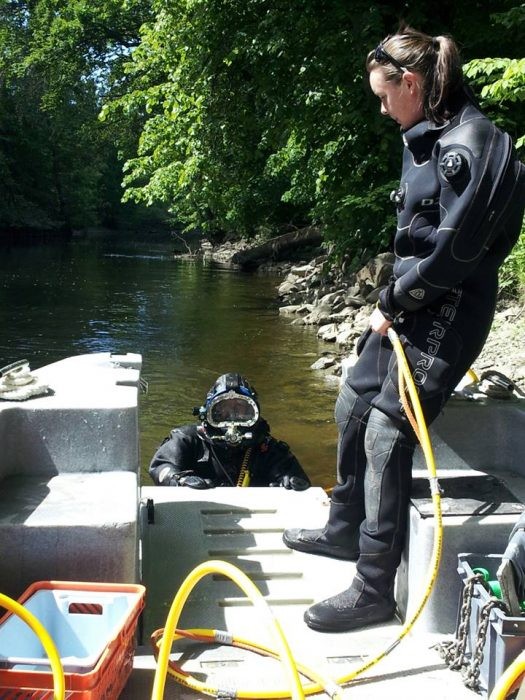
I took up diving in 2003 when I was studying archaeology so I could someday get a job as a maritime archaeologist. Through the CMAS dive club at Galway University I took my first dive certs, and I then worked for a few summers at my hometown PADI center in Dingle.
Armed with my dive master cert I then applied to the Our World Underwater Scholarship Society and was pleasantly surprised to actually to be awarded it. So, in 2006 I was supplied with all the dive gear, contacts and generous sponsorship from Rolex for a year of learning. Focusing on maritime archaeology I took dive and underwater videography courses and apprenticeships at some of the world’s leading maritime museums.
Next up was HSE Scuba training followed by a masters in maritime archaeology. By then I had moved to Sweden and in 2010 began working at Bohusläns museum on the west coast. We work with contract (development-led) archaeology underwater around the country.
In 2015 I started a Ph.D. at the Graduate School for Contract Archaeology where I research digital technologies, both to document archaeology underwater and for visualizing our results in new and engaging ways aimed at wider audiences.
The Cave/Technical Diver – Rachael Kendall
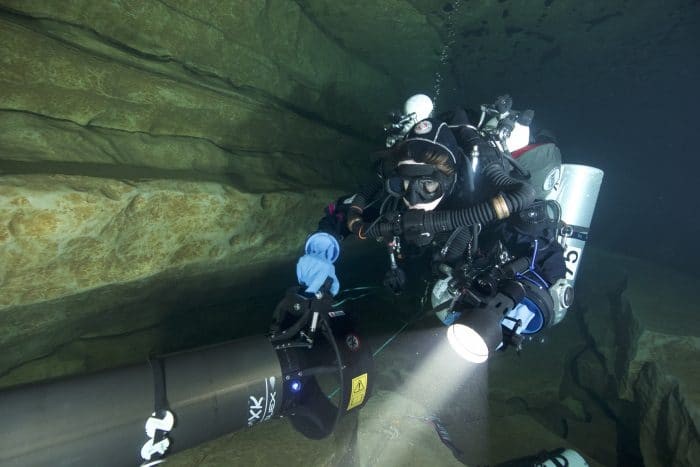
I learned to dive in 2004 because I was going on holiday to Australia, and did my PADI Open Water Diver course off the Cornish coast. Progressing from there, I knew that caves existed and could hear them calling to me – I wanted to be able to see what was inside, so in 2008 I headed to North Florida to take a GUE Cave Diver class from Jarrod Jablonski (one of the top cave explorers in the world, and the DAN/Rolex Diver of the Year 2018).
I love being able to go to places that most people can’t ever see. Also, caves can often be stunningly beautiful, especially underwater caves, with breath-taking geological scenes.
I’ve been a member of the WKPP (Woodville Karst Plains Project) for many years, and have actively been involved with their exploration efforts at Wakulla Springs, Sullivan Sink, Turner Sink and Sally Ward Spring. I’ve also done several scientific data collection dives with the MCEP (Mexico Cave Exploration Project), where we were working in association with scientists from a number of universities, collecting core samples and surveying passages. About six years ago I and my team founded the St Georges Survey Project, where we have been doing a high-quality 3D cave map of the St Georges Cave in the Lot Region of France.
I’m an active GUE Advanced Trimix and CCR diver, and while I often combine this with the cave diving, I’m actually writing this from an open water project – diving the Mars wreck. Mars sank in 1564 and was discovered in 2011 in 75m depth off the coast of Sweden. Since then, almost every summer, there has been a large exploration and documentation project, and we continue to make new discoveries every day.
The Freediver – Sofia Gomez Uribe
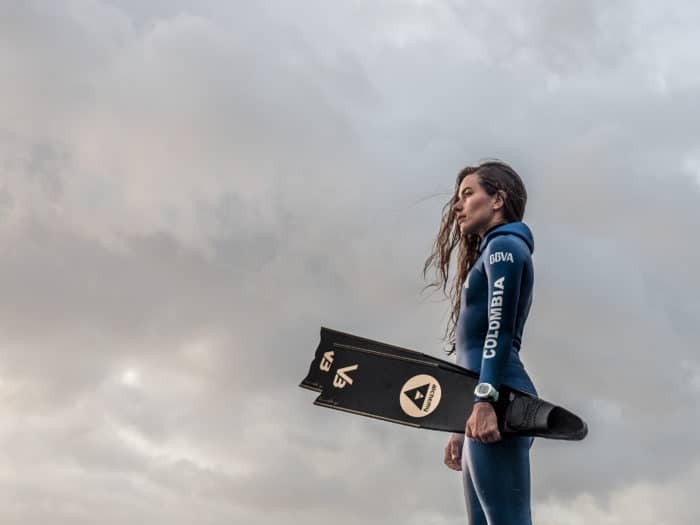
Sofía was born on 15 April 1992 in the middle of the Colombian Andes, in a town called Pereira. Far from the oceans but close to the pools, Sofía leaned how to swim when she was four years old and by ten she would start an aquatic career that would last until today. She started Finswimming (a popular sport in Colombia) and through this sport, she would discover freediving, first in the pool and then in the depths of the ocean.
In a short space of time, she has climbed to the top of the female rankings and asserted herself as a dominant force in female freediving. She has more than 20 national records, nine South American records, six Pan-American records and two World records.
To add to her accolades, she has also been nominated 2017 Colombian Sports Person of the Year, winning the popular vote, as well as winning the Latin American Extreme Sports Athlete of the Year award in the Univision Sports Awards.
She is based in Dominica, where she has perfect conditions for training all year round. Her and her partner, Jonathan Sunnex, run Blue Element, a freediving school located in the calm waters of Soufriere Bay in the south of the island.
The Magazine Editor – Patricia Wuest
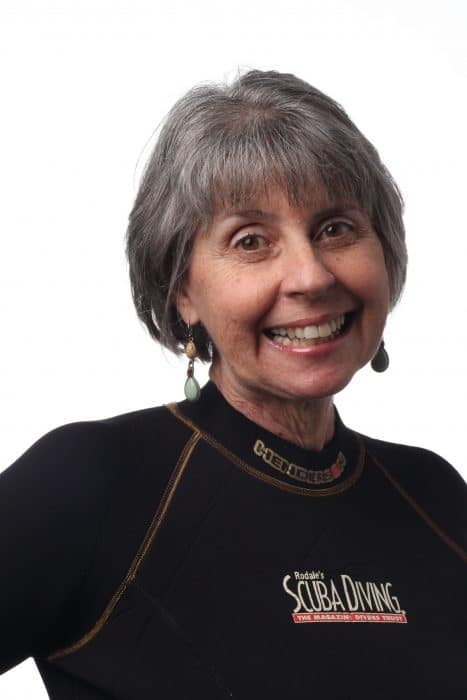
I may now be Editor-in-Chief of Scuba Diving magazine in the USA, but initially, I was hired at the title in 1992 as an editorial assistant, before I was certified. My youngest child was only four, and I thought I’d be content in a nine-to-five job, proofreading and fact-checking manuscripts. But then I read a story about diving in the Kermadec Islands, a marine-protected arc of volcanic peaks some 1,000km northeast of New Zealand in the incredibly clear waters of the South Pacific. The story included a harrowing account about being in the water during an underwater volcanic eruption and desperately racing to move the boat to a protected cove, while the crew and divers rode out the aftershocks. It also painted a prolific seascape – massive shoals of blue mao mao, Galapagos sharks every which way, and fields of exquisite soft and hard corals. I immediately signed up for a local scuba certification class. My mother was horrified. My husband said ‘I’ll stick to snorkeling’. When I told a colleague that the story spurred me to become a diver, he joked ‘It made me want to take up counted cross-stitching’. We all can point to the moment when we made the decision to earn a C-card. Whether it’s the realization of a lifelong dream or, as it was for me, an impulsive decision, scuba certification holds the promise of adventure – and is a joy and a privilege each and every time we enter the water. For me, it all began with an earthquake rumbling from the fiery heart of the Kermadec Trench.
The Medical Expert – Chantelle Taylor Newman
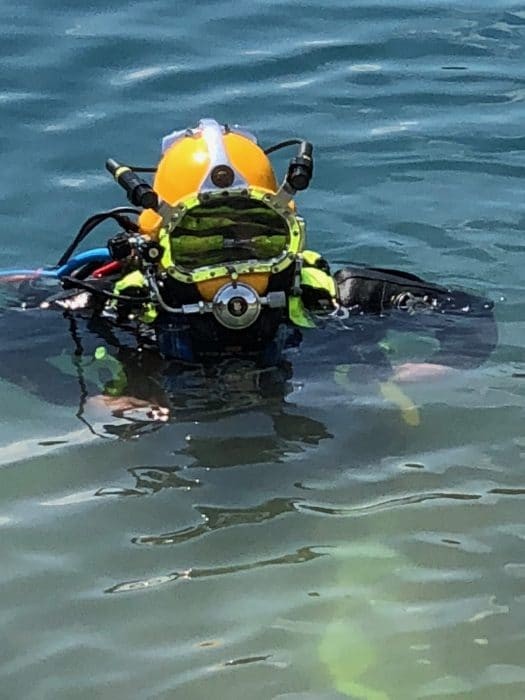
In South Africa, Chantelle became the youngest female diver to be NAUI certified and qualified. In 1990, she joined the South African Ambulance Service as Frontline Emergency Response and worked in the control room as well.
She has brought together her passions for diving and medicine to increase diving safety awareness worldwide. She founded the Diver Medic Facebook Group and the Diver Medic Magazine. She developed the Diver Medical Technician (DMT) Course for recreational divers for DAN Europe in 2011, a course which Chantelle remains the only one able to teach. She currently works part-time for DAN Europe as the UK Area Manager and is a regular speaker at dive shows around the world.
In April 2016, Chantelle was inducted into the Woman Divers Hall of Fame. Chantelle was the only female featured in Scuba Diving magazine in August 2016 under the title Heroes of Diving. Her company The Diver Medic has been very successful and she now has a Clinical Director looking after The Diver Medic in the USA.
Recently, Chantelle was introduced to Surface Supplied Air Diving where she got a renewed understanding of how much physical strain the divers are put under while air diving. Chantelle continues to work on projects related to diving medicine, safety, research, and education.
The Course Director – Clare Dutton
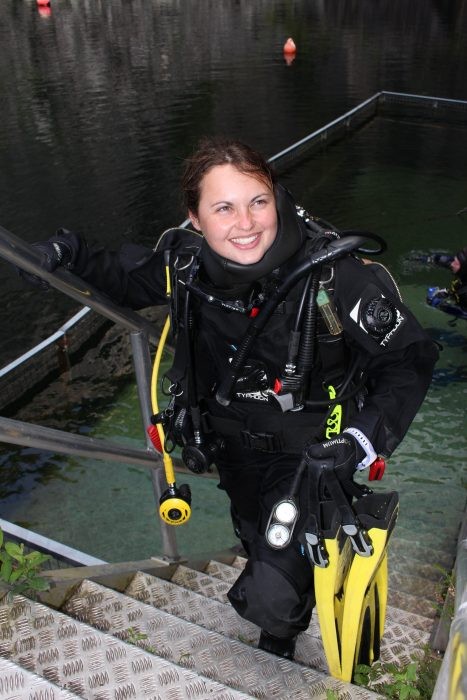
I got into scuba after a Discover Scuba Diving experience in Cuba, the surreal sensation of being the opposite side of the waves. We all remember the first time! That feeling is something I will always remember, and what I wanted to share with others.
In 2014 I started my own dive school, Duttons Divers. I was using various swimming pools around the UK, with the shed in the back garden as the kit room! Four years later I moved to a ‘slightly’ bigger venue, as the owner of Vivian Dive Centre, North Wales, and was accepted by PADI as a Course Director.
Diving to me is sharing the experience with anyone; to that end, I have actively used my role as Course Director to create an all-inclusive dive environment, by encouraging the younger generation into the dive industry with ‘Scuba School’, and creating events such as ‘Scuba Pride’ to support LGBT groups.
Operating in the dive industry as a 25-year-old female Course Director has not been without its challenges. Turning up at the dive center and the students assuming I am part of the course and not the one teaching it. Comments like ‘I’ve been diving since before you were born’ or ‘How many dives do you have?’ are commonplace. Dispersing the myth that years in diving is better than hours under the water and in the textbooks has been one of my missions in the dive industry.
The journey has been worth it. It’s not a bad deal ‘having’ to travel to guide divers around some of the most amazing parts of the world, as well as witness their first breath under the water, or watching them take the leap from Divemaster to an Instructor. This is one of the best careers I could have wished for.
Hopefully, this inspires some of you young divers out there to chase your ambition and work towards your own dive centers or becoming a PADI Course Director. If you have an empty shed in the back garden, I guess you’re already halfway there!
Kids Sea Camp Founder – Margo Peyton
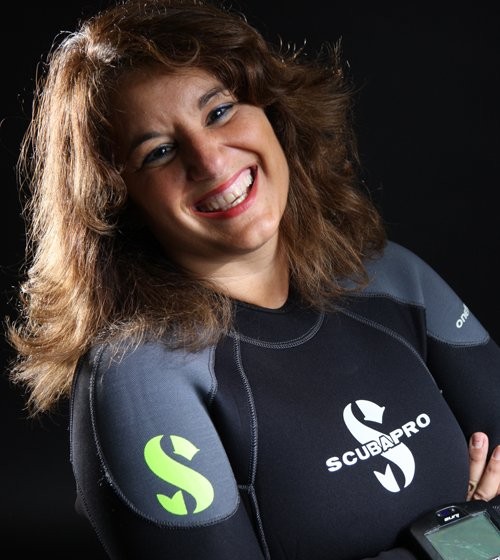
18 years ago, I wanted to show my kids my love of the ocean and traveling. At the time I was a single mom running a company called Caribbean Dive Adventures. I was gone a lot, working hard and supporting my two kids Jen and Robbie.
So in 2000, I created Kids Sea Camp as a single mother who loved the ocean and wanted to share it with her children and other like-minded families who had stopped diving because they had kids.
If I could sum up in three words what I created for the dive industry, it would be the term ‘The Bunny Slope’. The dive industry created courses for kids, starting at age five (SASY, age eight (SEAL Team) and age ten (JOW certification), but there were not many resorts for them to go to. And the truth? Not many old divers wanted a bunch of young kids running around the docks or in the dive shop.
Little did I know that the KSC families would become a sustainable business model for the future of diving and creating new divers.
Kids Sea Camp now hosts 15 weeks in eight to ten countries each year and has become the world’s largest family dive event. Because of the nature of the family-friendly weeks, the KSC has a 75 percent return rate with the families. So once you become a part of the Kids Sea Camp family weeks, you return year after year.
All from a simple idea, showing my kids how much I love family and what the ocean truly means to me.
Who are your Women in Diving heroes? Let us know in the comments below.

